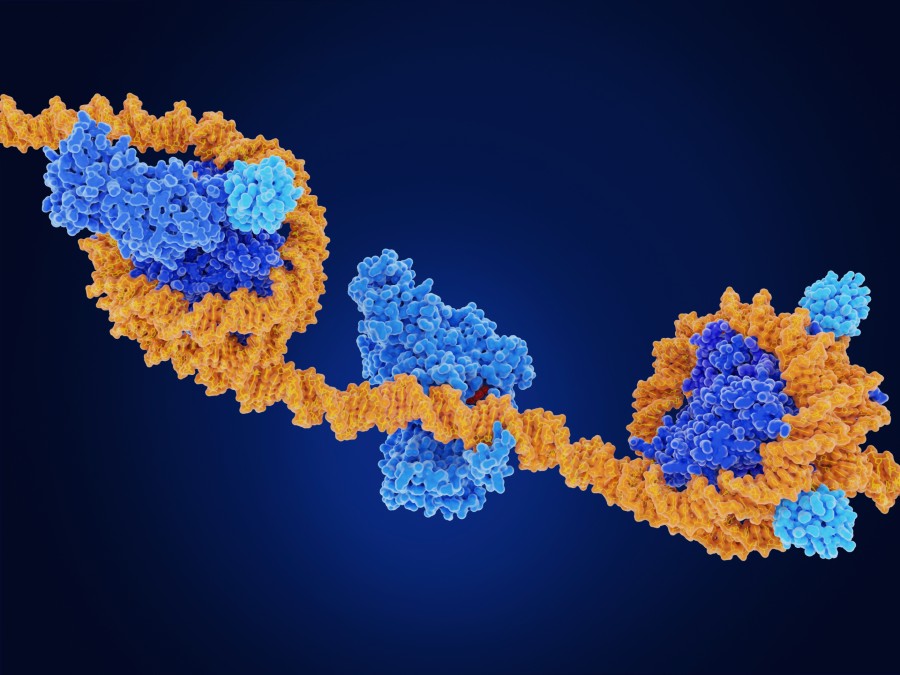
Post-translational modifications (PTMs) play a critical role in various biological processes, including epigenetic regulation, DNA damage response, gene transcription, apoptosis, and metabolism.
In a new study published in Nature Communications titled, “Engineering unnatural cells with a 21st amino acid as a living epigenetic sensor,” researchers at Rice University report the development of autonomous cells with the ability to biosynthesize and genetically encode acetyllysine using the genetic code expansion technology. These engineered living sensors can be transplanted into living animals, enabling real-time monitoring of PTM dynamics in living cells and animals. The method is effective in bacteria, human cells and live tumor models, making it possible to study complex diseases, such as cancer and neurological disease.
“This system lets us see the invisible choreography of proteins inside living cells,” said Han Xiao, PhD, professor of chemistry, bioengineering and biosciences and a Cancer Prevention and Research Institute of Texas Scholar and corresponding author of the study. “By equipping cells with the tools to produce and sense a new amino acid, we unlock a direct window into how PTMs drive biological processes in living animals.”
PTM levels are tightly regulated by writer and eraser proteins, which add and remove these chemical modifications, respectively. Histone acetyltransferases (HATs) act as writers of acetylation, while histone deacetylases (HDACs) serve as erasers, with their dynamic balance governing acetylation levels and regulating a wide range of biological functions. Targeting these enzymes holds impact for treating a variety of diseases.
Rather than breaking open cells or using disruptive techniques, the research team engineered cells to produce a glowing version of lysine to allow real-time visibility of PTM dynamics.
“Seeing a glow in response to acetylation events inside living tissue was thrilling,” Xiao said. “It makes the invisible world of protein regulation vividly observable and opens new possibilities for studying disease mechanisms and drug actions.”
The researchers used the sensors to study the deacetylase SIRT1, a posttranslational regulator that plays a role in modulating inflammation and has long been debated in cancer biology. Inhibiting SIRT1 blocked its enzymatic activity but contrary to some expectations did not impede tumor growth in certain cell lines.
Looking ahead, the method offers applications to track disease or treatment in real time and large-scale drug screening targeting PTM-regulating enzymes. Future enhancements may extend this approach to other types of PTMs or human-derived organoid systems for deeper insights into cellular recognition and increase the platform’s relevance for personalized medicine.
“With this living sensor technology, our research offers an innovative tool that illuminates the dynamic world of PTMs, promising to reshape our understanding and treatment of diseases rooted in protein regulation by transforming invisible molecular signals into visible biological narratives,” said Yu Hu, PhD, postdoctoral researcher at Rice and the study’s first author.
